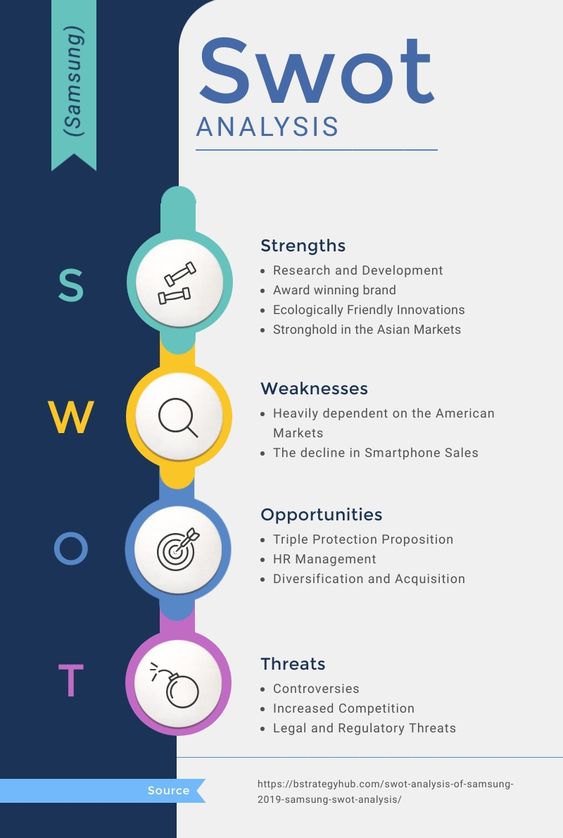SWOT analysis is a powerful tool that can help individuals and businesses strategically evaluate their strengths, weaknesses, opportunities, and threats. When used effectively, SWOT analysis can provide an in-depth understanding of a particular situation, allowing you to make informed decisions and develop effective strategies.
If you’re looking to conduct a SWOT analysis, here’s a step-by-step guide that can help.
Define Your Objective
The first step to conducting a SWOT analysis is to define your objective. What is it that you’re hoping to achieve? Whether you’re evaluating a business, product, or personal situation, you’ll need to have a clear objective in mind before starting the analysis.
Identify Your Strengths
Strengths refer to the qualities and resources that give you an advantage over others. To identify your strengths, ask yourself what you do well, what sets you apart from others, and what resources you have at your disposal. This could include skills, expertise, technology, finances, or other assets that are unique to you or your organization.
Recognize Your Weaknesses
Weaknesses refer to the areas where you or your organization may fall short or face challenges. To identify your weakness, look for areas where you or your organization lack experience, resources or expertise. Be honest with yourself and identify all areas that need improvement.
Identify Opportunities
Opportunities are external factors that have the potential to benefit you or your organization. To identify your opportunities, look at the wider market or context in which you operate, and consider potential changes or growth areas. Some examples of opportunities include changes in technology, new market segments, or changing consumer behavior.
Analyze Threats
Threats are external factors that could potentially harm you or your organization. To identify threats, look at the wider market or context in which you operate, and consider potential hazards or risks. This could include changes in regulations, new competitors, or economic instability.
Combine Your Findings
Once you’ve completed your analysis of strengths, weaknesses, opportunities, and threats, it’s time to combine your findings. Use your insights to identify how your strengths can be used to take advantage of opportunities, and how your weaknesses can be addressed to mitigate threats.
Develop an Action Plan
With a comprehensive understanding of your situation, it’s time to develop an action plan. Use the insights gained from your SWOT analysis to develop a targeted strategy that takes into account your strengths, weaknesses, opportunities, and threats. Be specific and focus on actionable steps that are within your control.
You might find these FREE courses useful
- Using Advanced SWOT Analysis
- Free SWOT Analysis Tutorial
- Supply Market Analysis
- Foundations of Business Strategy
- International Business Environment
Monitor Your Progress
Finally, it’s essential to monitor your progress regularly. Whether your objective is personal or organizational, track your progress against your action plan, and adjust your strategy as needed.
In conclusion, SWOT analysis is a powerful tool that can help individuals and businesses strategically evaluate their situation. By following these steps, you can conduct an effective SWOT analysis that provides insights into your strengths, weaknesses, opportunities, and threats, helping you to develop targeted strategies that lead to success.
At the end of the article, I highly recommend a tool “Mango Anamoly” for businesses to make effective SWOT Analysis with comprehensive information.
